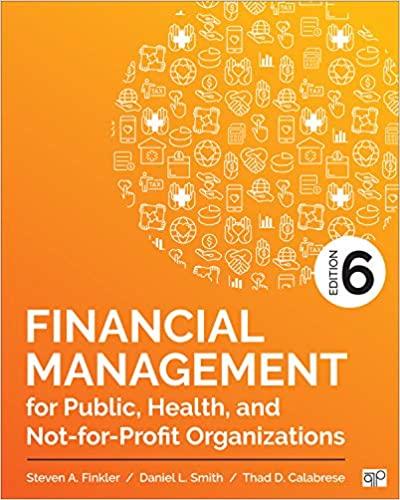

1. Factors affecting a firm's weighted cost of capital THE IMPORTANCE OF KNOWING A FIRMS COST OF CAPITAL Cost of capital In 2010 the Federal Reserve Board (the Fed) reported that nonfinancial companies in the United States had around $2 trillion in cash and short-term liquid assets. As the U.S. economy was still struggling, consumer spending remained low, and companies resisted in Investing in new projects that would create value for their stakeholders. As the economy improves, uncertainty in the markets decreases, and companies will start investing in projects. However, the challenge of analyzing and selecting projects that would generate cash flows and returns and add value to the firm would remain. The assumptions in the analysis about cost of equity and debt-overall and for projects-have a significant impact on the type and the value of investments that a company makes. According to the Association of Finance Professionals' report, published in 2011 on current trends in estimating and applying the cost of capital, companies use a discount rate that is usually above or below 1% of the company's true rate. Using this information and certain inputs from the Fed, Michael Jacobs and Anil Shivdasanl estimated that a 1% drop in the cost of capital leads U.S. companies to increase their investment by about $150 million over three years. Source: Michael Tt Jscobs and Ani Shivdasani, "Do You Know Your Cost of Capital?" Harvard Business Review, http///hbr:org/2012/07/do-you-know-your-cost-ofcapitaVar/1. Companies always use the weighted average cost of capital (WACC) as the discount rate to analyze the financial viability of projects. A company's estimate of cost of capital impacts its application in the analysls of new investments that, consequently, affects the value of the firm and shareholders' wealth. Investors eare about the incremental value addition that new projects are making; they are least concerned with the discount rates that the company uses. Companies incorporate the required rate of return in the cost of capital to compensate investors for the components' risks. Happy Uon Manufacturing Inc. has two divisions: one is very risky, and the other exhibits significantly less risk. The company uses its investors' overall required rate of return to evaluate its investment projects. It is most likely that the firm will become: Less risky over time, and its value will decrease tess risky over time, and its vatue wit increase Riskler over time, and its value will increase Riskler over time, and lis value will decrease Which of the following statements is correct? A company needs to adjust the cost of debt for taxes, becouse interest payments are tax deductible. A firm's after-tak cost of preferfed stock may be tignifieantly less than its before tax cost, because tssuing preferred stock dividends creates a tax shelter








